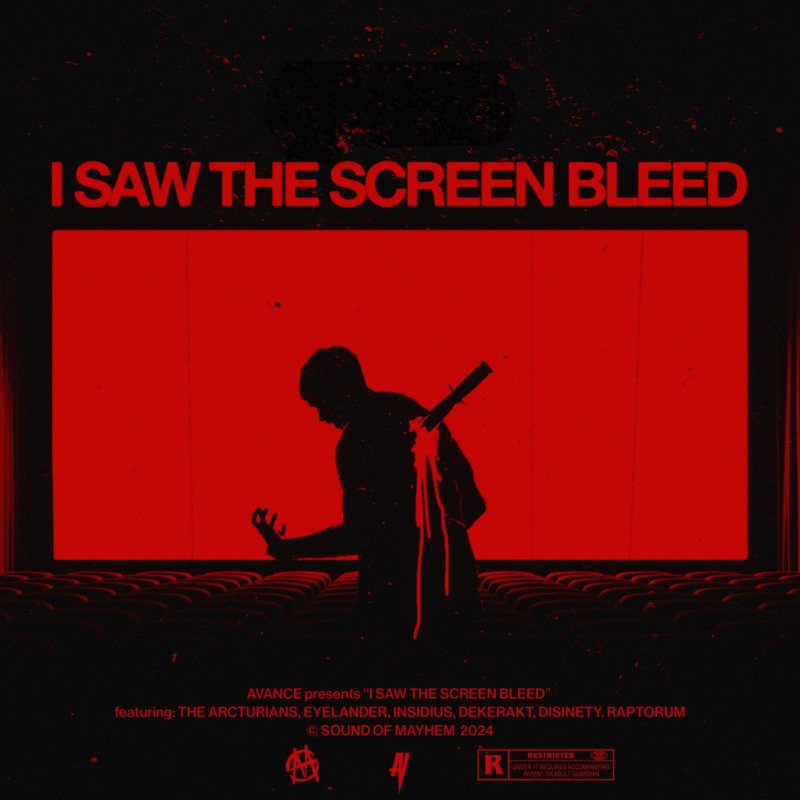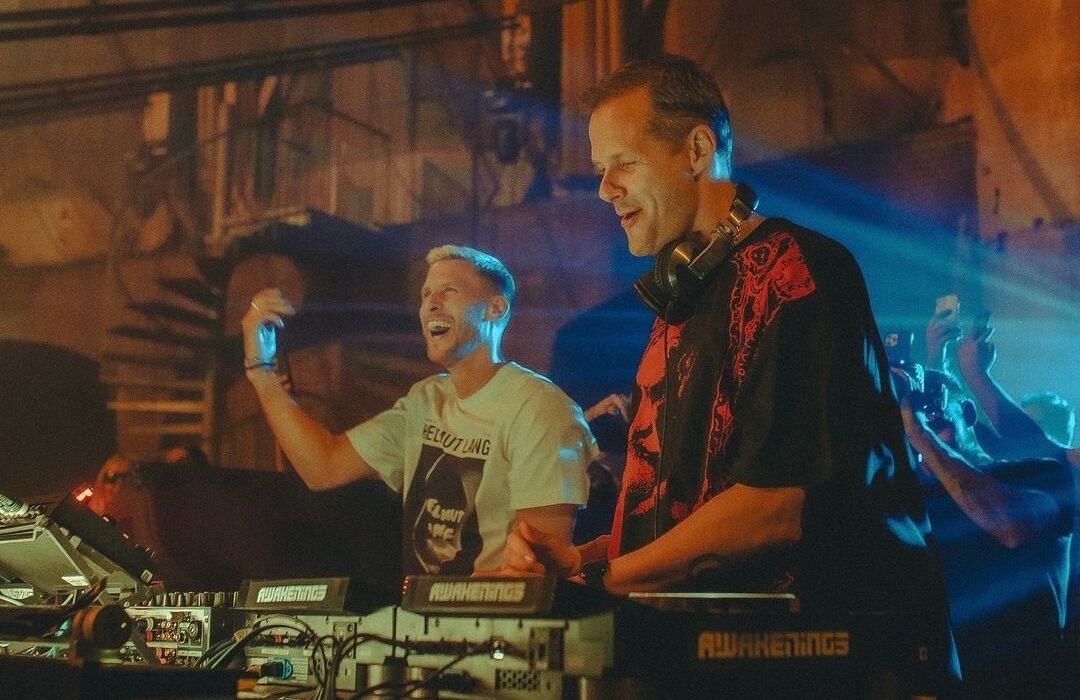In general, it’s safe to say that anime isn’t known for being an overall quiet medium. Most shows employ plenty of dialogue, music or both throughout their episodes, meaning that the majority of scenes are very rarely totally silent. This is the case even for titles that aren’t necessarily action or adventure pieces that naturally involve a lot in the way of yelling, fights and explosions such as the classic Dragon Ball Z or the massive crowd-pleaser Attack on Titan.
However, there are a few anime shows out there that are extremely quiet, and their comparative silence can make them just as emotionally or thematically effective in terms of their storytelling, if not more so, than series that lack these moments of calm. Moreover, this doesn’t go only for slice-of-life or iyashikei shows, but also ones with psychological, cyberpunk or even thriller settings and themes.
Part of the reason why many anime shows are so ‘noisy’ even outside of traditional action scenes is that anime isn’t just a visual medium. In particular, when it comes to titles featuring large main casts, all of whom deserve a roughly equal amount of screen time (for example, the long-running and critically acclaimed Sailor Moon), it stands to reason that dialogue plays a large part in the storytelling.
Add to this other equally as important elements of contemporary anime such as the soundtrack and background sound effects, and titles can be a (justifiably) fairly noisy affair. If a show like Cowboy Bebop, Kill la Kill, Evangelion or Fullmetal Alchemist was stripped of its music, it simply wouldn’t be anywhere near as iconic. If laugh-out-loud comedies like Azumanga Daioh, fantasy adventures like Jojo’s Bizarre Adventure or techy-heavy titles like Knights of Sidonia had to make do with no audio effects, the goings-on just wouldn’t have the same impact.
Of course, this isn’t to say that quieter anime shows don’t contain important dialogue, fantastic music or integral sound effects -- far from it. It’s just that typically, these aspects are fewer and further between, the spaces between people talking or a stirring piece of music starting up more drawn-out -- sometimes to emphasize or heighten tension, sometimes to allow viewers to appreciate the calmness of the anime’s physical surroundings… or sometimes just because in that moment, noise wouldn’t add anything much of real value to the story.
In that sense, it could be argued that anime is frequently guilty of filling in the silence a little too much with unnecessary sound. If a scene could otherwise stand perfectly well on its own without involving a piece of dialogue just to give a certain character an additional line, would including the dialogue really heighten the storytelling in any way, or would the superfluousness of the line detract from it? If the calm of an early morning scene is interrupted by some background music that in itself does little to underscore the mood, is it necessary to have it, or is it only present because anime tends to shy away as if afraid of too much quiet?
Nonetheless, shows such as Mushishi, Haibane Renmei, Serial Experiments Lain and Texhnolyze prove that not only does anime not need to be inherently noisy, but also that even these much quieter anime can still have plenty to say -- often without involving the use of actual sound. Of these titles, the Miyazaki-like Mushishi is perhaps the most obvious example. Iyashikei “healing” titles, which tend to emphasize their rural or naturalistic settings, have made a name for themselves by being innately peaceful, calming and soul-soothing. It therefore makes perfect sense that something like Mushishi wouldn’t want to be overly loud or overstated.
Haibane Renmei is another anime that makes perfect sense in terms of its general quietness. Although it deals with some hefty psychological themes -- death, acceptance and forgiveness -- it also incorporates a major slice-of-life feel to its proceedings. Like a far less action-heavy and more introspective version of Angel Beats!, Haibane Renmei makes highly effective use of its soundtrack and dialogue, but mostly uses its comparative lack of sound to tell its story rather than the other way around.
In contrast, anime such as Serial Experiments Lain and Texhnolyze, both of which heavily involve the use of cyberpunk themes and technologies within stories that are heavy and foreboding, seem more unusually quiet. Texhnolyze in particular may well be one of the physically quietest anime of all time -- its opening episode contains around five lines of audible dialogue in total, and it’s not until about the halfway mark that anyone speaks at all. However, far from coming across as dull or timid in presentation, this complete lack of speech makes the anime seem unique and bold, even visionary.
It may come as no surprise that Haibane Renmei, Serial Experiments Lain and Texhnolyze all have at least one tangible thing in common -- some of the staff behind the titles, including Japanese graphic artist Abe Yoshitoshi and producer Ueda Yasuyuki, who often collaborate on anime projects. However, the plot, characters and tone of each of these titles, as well as those of Mushishi, greatly differ. Even so, sound-wise, despite all having different directors and sound directors, they are also clearly linked by one other fundamental, albeit less quantifiable aspect: their silence.
About The Author

